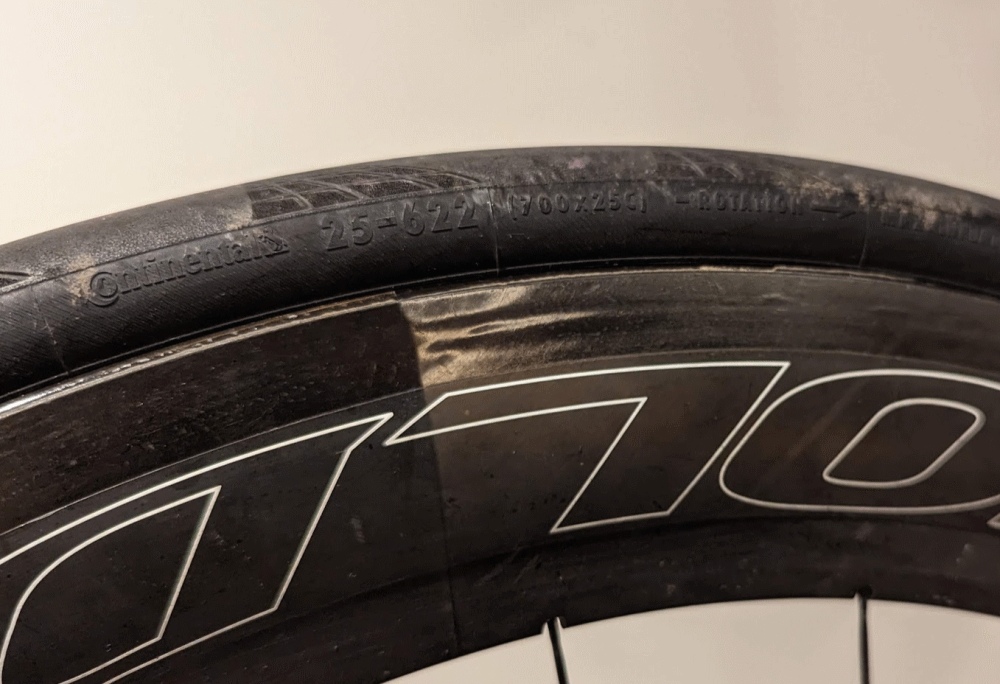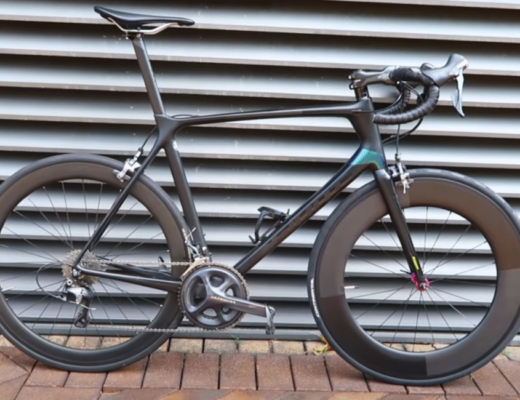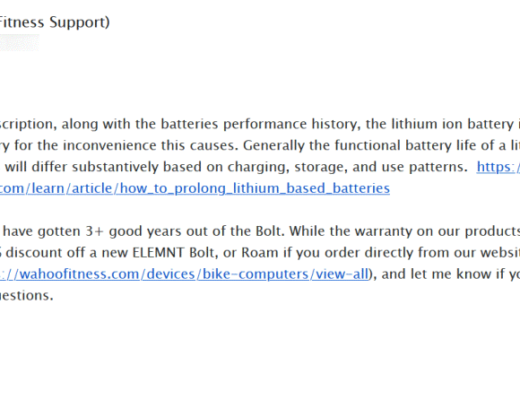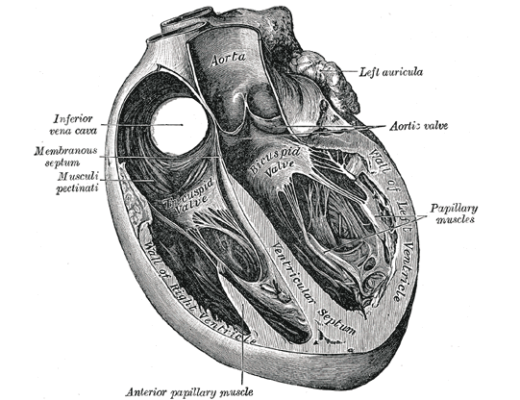There is some nuance on this topic that is often missed in the discussion around the question above. The TLDR; is that in general, a narrower tire is faster, up to a point, as a function of rim width & depth, because aerodynamics, unless you’re really slow.
Let’s say that I have a 25mm external rim. If I put a 25mm tire on it, best case it will be 100% of the rim width (25mm/25mm), but what you want is 95%. A 23mm tire generally solves that. Put a 28mm tire on that rim and you’ve lost air attachment before the tire/rim junction. You might get some of that back on a very deep rim, but you probably won’t.
Following the aerodynamics even further down the rabbit hole. Even if you do a 28c on a 30mm+ rim (which you should), that 30mm rim needs to be 50mm+ to get real benefit from selecting a deep wheel. FWIW, that critical depth is ~45mm with a 28mm OD (outer diameter) rim.
The thing that most folks miss, and the cycling media/marketing types either don’t know or don’t clarify, is that while wider tires generally have lower rolling resistance at the same tire pressure (i.e. 25mm@85PSI has slightly more RR than 28mm@85PSI), but no one uses them that way. You’re not going to ride your 28mm at 85PSI. You’re going to ride it at 65PSI, because comfort is why you put that tire on the bike in the first place. But even even if you did ride at 85PSI, we can refer back to the aerodynamics bit.
Looking at the results over at BRR for their GP5000 S TR size comparison, the difference b/w a 25c and 28c tire at 80PSI is 0.5W in the 28C tire’s favor, comparing 25c@80PSI to 28c@73PSI, we’re talking about 0.1W. The same is true when making that comparison between the 25c@80PSI and a 30c@65PSI. At 58PSI, the 30C actually has higher RR than the 25c@80PSI…
Having an aerodynamic setup on these 25mm external rims, especially on the front, far outweighs 0.1W. How much it outweighs depends on the wheel depth. On a 25mm external 88mm deep rim the difference b/w a 23mm and 28mm tire is likely to be double digit…
Knowing all of this is why I put a 25mm tire on my front ~28mm external 88m deep TT wheel, have shallow gravel wheels for my 42mm tires, and ride 25mm on my 28mm external 45mm deep daily drivers.
Still not convinced? OK, let’s talk about weight. There aren’t any real hills where I generally ride, so weight isn’t a strong argument here. Actually, having more rotational weight isn’t necessarily a bad thing if you mostly do steady state riding because flywheels. If you’re riding crits or regularly ride real hills, you know that weight matters. The more your bike weighs, the slower it is to drag up the side of a mountain or out of a corner. We’re not generally talking about huge differences is weight. According to Conti, a 28c GP5000 S TR is 30g/tire more than a 25c, and a 30c is 50g/tire more. So 60g and 100g respectively for the bike. Again, not a huge difference, but heavier = slower. No one can argue with that.
All that said, if you want to roll a wider tire – go for it. Speed is just a number. Do it for comfort, do it because it’s Friday, but you can’t really do it for speed. Because your aerodynamic loss is bigger than your potential rolling resistance gain.



